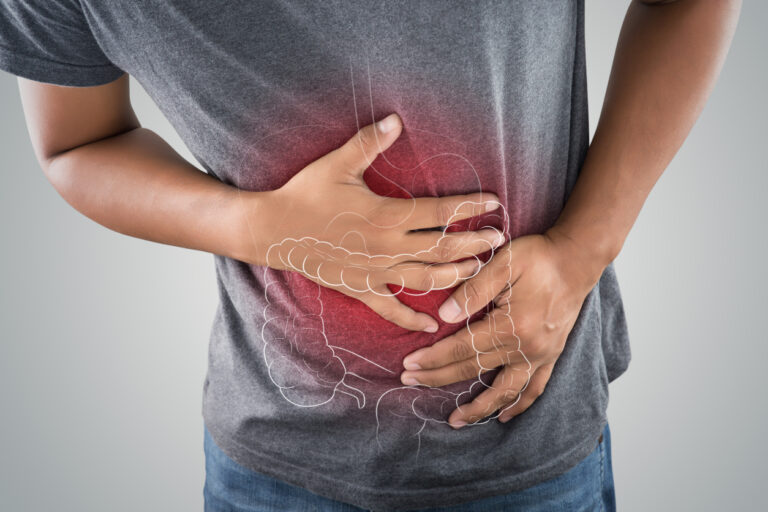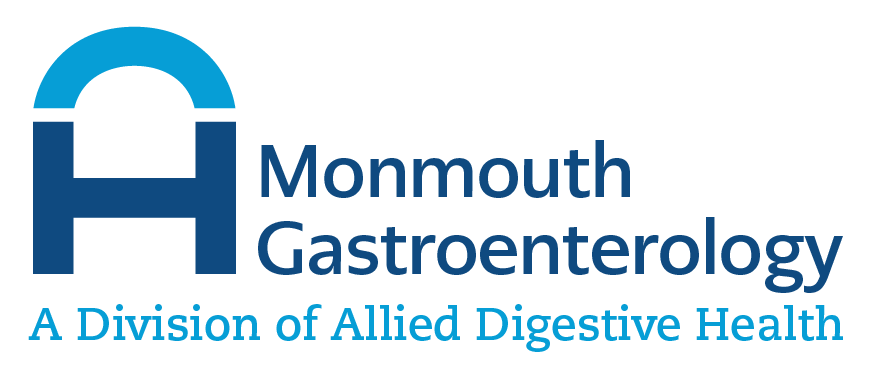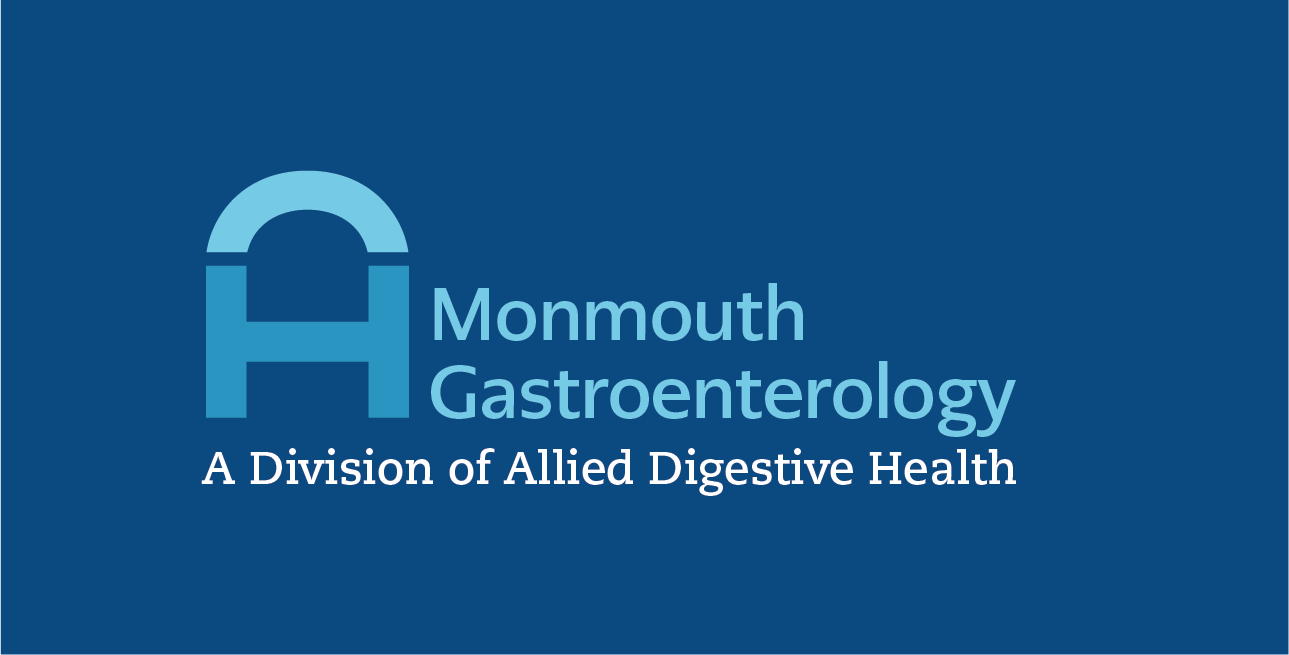
- January 20, 2019
What is Constipation and What to Do About It?
Written by: Dr. Laleh A. Merikhi
Constipation is a common problem regardless of sex, age or race. It is defined as infrequent, difficult or incomplete bowel movements. Normal bowel movement frequency may range from three bowel movements per day to three bowel movements per week.
Constipation is therefore defined by most authorities as less than three bowel movements a week. However, constipation may have other defining features.
These include:
– The passage of hard, pellet-like stools
– A decrease in one’s typical bowel movement frequency (not necessarily less than three bowel movement’s a week)
– The need to strain when having a bowel movement
– A sense of incomplete evacuation of the rectum with a bowel movement
– The need to use enemas, suppositories, oral laxatives or manual maneuvers such as digital stimulation or pelvic floor support to maintain regularity of bowel movements
What are the causes?
There are many reasons for the development of constipation. These include dietary and lifestyle habits, medications and behavioral issues. For some constipation may be a symptom associated with a medical condition including a number of structural, metabolic, myopathic, neuropathic or functional disorders. For many there may be more than one underlying cause for their constipation.
Common causes of constipation:
– Inadequate fiber in the diet
– Inadequate hydration (dehydration)
– Lack of physical activity (especially in elderly)
– Medications
– Changes in life or routine such as pregnancy, aging, and travel
– Ignoring the urge to have a bowel movement
– Mechanical obstruction of the colon and/or rectum
– Systemic diseases and other medical conditions
Lack of adequate dietary fiber
People who eat a high-fiber diet are less likely to become constipated. A diet low in fiber or a diet high in fats is commonly associated with constipation. Fiber—both soluble and insoluble—is the part of fruits, vegetables, and grains that the body cannot digest. Soluble fiber dissolves easily in water and takes on a soft, gel-like texture in the intestines. Insoluble fiber passes through the intestines almost unchanged. The bulk and soft texture of fiber help prevent hard, dry stools that may be difficult to pass.
Americans eat an average of 5 to 14 grams of fiber daily, which is short of the 25 to 35 grams recommended by the American Dietetic Association. Both children and adults often eat too many refined and processed foods from which the natural fiber has been removed.
Lack of physical activity
Lack of physical activity is thought to be one of the reasons constipation is more common in older people. Moreover, increased physical activity is more likely to stimulate bowel motility and improve the symptoms of constipation.
Medications
Many medications can cause constipation, including prescription and nonprescription drugs (narcotics, antidepressants, blood pressure medications, Iron supplements, calcium,…)
Irritable bowel syndrome (IBS)
IBS is a common chronic disorder causing alteration in one’s bowel habits as well as abdominal discomfort, although pain is usually relieved with bowel movement. Bowel habit alterations can include constipation, diarrhea, and a mixed pattern in which the bowels alternate between that of diarrhea and constipation. IBS is believed to occur due to disruption in the proper function of the bowels. This may include alterations in normal bowel motility, bowel secretion or bowel pain sensation. IBS is therefore referred to as a functional bowel disorder. There are specific therapies for IBS that may also help the associated symptom of constipation.
Mechanical obstruction of the colon or rectum
There are a number of disorders that may compress, squeeze or narrow the intestines. This may result in a physical barrier to the easy passage of the stool through the bowels. Such conditions may present with constipation.
Causes of mechanical obstruction
– Colon cancer
– Strictures of the colon, rectum or anus
– Adhesions (scar tissue from prior surgery)
– Diverticulosis
– External compression of the colon
– Rectocele
– Megacolon (Hirschsprung’s disease)
– Anal fissure
– Rectal outlet obstruction due to pelvic floor dyssynergia or anismus (abnormal muscle contraction and relaxation impairing the ability to expel stool from the rectum)
How is constipation treated?
The treatment of constipation depends on the cause, severity and duration. In most cases dietary and life style changes will help relieve symptoms and prevent constipation. For those who have made lifestyle changes and are still constipated, laxatives and other treatment can be used. Treatment may be directed at a specific cause. For example, people with chronic constipation caused by anorectal dysfunction can use biofeedback to retrain the muscles that control release of the bowel movements. Biofeedback involves using a sensor to monitor muscle activity that at the same time can be displayed on a computer screen. This information can be used to help the patient learn how to use these muscles.
What to do about constipation?
You should see your gastroenterologist if the above-mentioned lifestyle, dietary or behavioral changes do not relieve the constipation.
You should see a physician right away if there are associated symptoms of blood in the stool, rectal bleeding, abdominal pain, painful bowel movements, unexplained weight loss, associated nausea or vomiting or constipation lasting more than three weeks.
If you are 50 or older, you should have a routine colonoscopy. Your physician may pursue additional testing such as lab work, radiographic studies of the bowels or manometric studies of the bowels or rectum.
Footer
© All Rights Reserved


